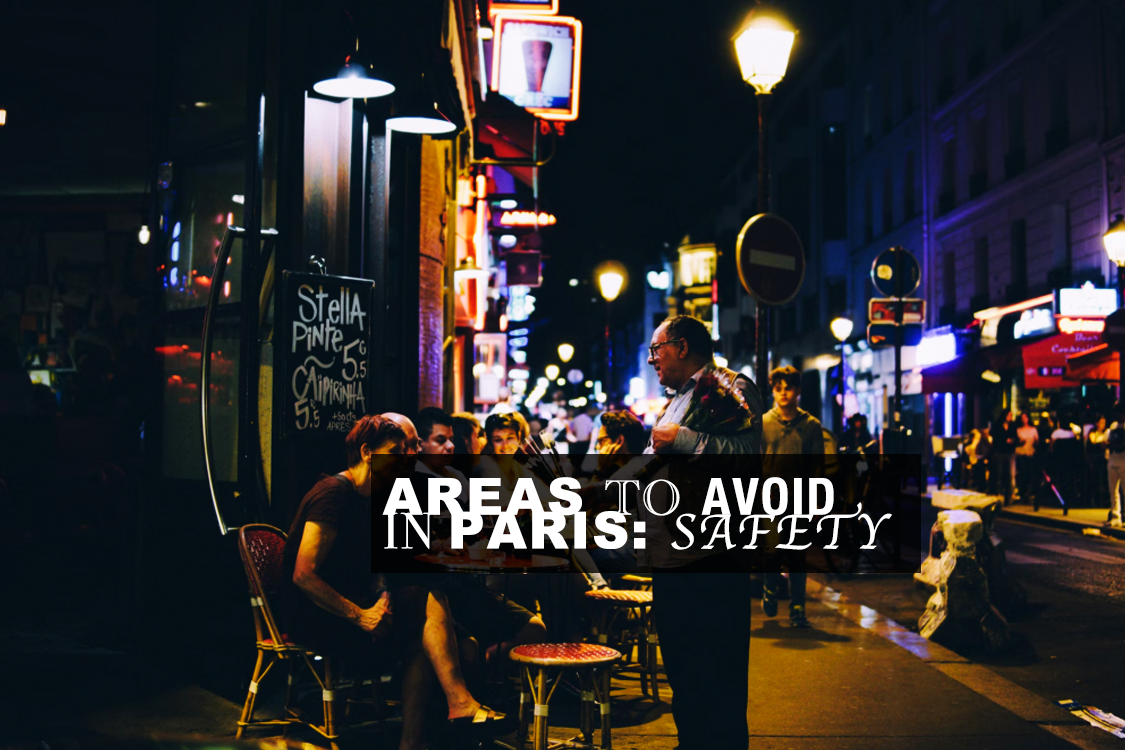If there’s one city that has mastered the art of seduction, it’s Paris. A city that dances on the edge of tradition and innovation, Paris has an irresistible allure that beckons travelers from all corners of the globe. But amidst the enchantment, one can’t help but wonder, is Paris as safe as it is charming? Exploring the beauty, grandeur, and yes, the shadows that sometimes lurk in the City of Light, you might find areas to avoid in Paris and discover dangerous places in Paris. And it is important to know them to be safe!
Is it Safe to Live in Paris?
Paris is generally considered a safe city to live in, with most common crimes like pickpocketing, robberies, and scams primarily targeting tourists. The central neighborhoods remain safe, even at night, as the city comes alive with bustling nightlife, restaurants, and various events. While the risk of violent crimes is extremely low, concerns related to drug trafficking and homelessness in specific areas may occasionally create a sense of unease, particularly after dark.
Crime Rating
Safe
Types of Crimes
Pickpocketing, Scams
Bad Areas
18th, 19th, 20th
Good Areas
1st, 15th, 7th
- Common crimes, such as pickpocketing, robberies, and scams, are largely targeted at tourists.
- The risk of violent crimes is extremely low.
- Concerns related to drug trafficking and homelessness in specific areas can create unease, especially at night.
- Parisians often compare their city’s safety favorably to other major metropolitan areas.
- Common sense and basic safety precautions are essential.
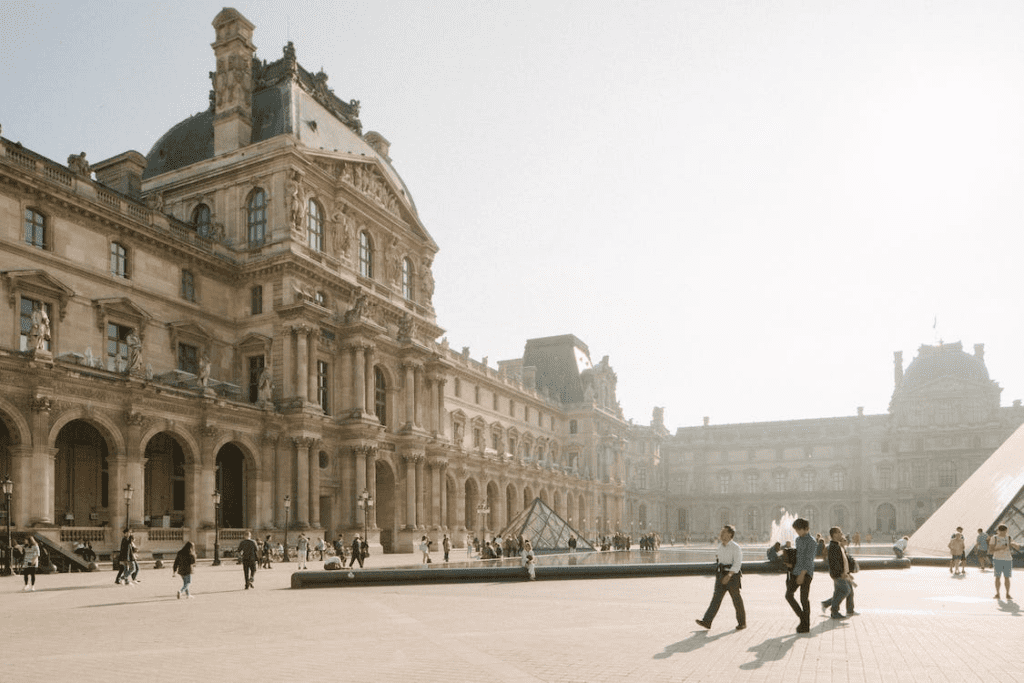
Don’t bee Busy to Read Quick Overview to Be Safe
| Concern | Specific Areas or Issues |
|---|---|
| General Safety | Central areas are safer, but vigilance needed in 18th, 19th, 20th arrondissements after dark. |
| Pickpocketing | High risk at tourist sites and metro, particularly Châtelet and Gare du Nord stations. |
| Women | Advised to exercise extra caution at night in less secure areas. |
| Metro Safety | Increased vigilance after 10 p.m.; specific stations like Châtelet and Gare du Nord known for pickpocketing. |
| Night Safety | Avoid Bois De Boulogne Park, areas in 18th, 19th arrondissements, and Gare du Nord area after dark. |
| Areas to Avoid | – 18th Arrondissement: Marx Dormoy, Porte de la Chapelle, Barbès, Pigalle, Red Castle. |
| – 19th Arrondissement: Place Stalingrad, Place des Festivals, Cambrai, Mouzaia, Danube, Jaurès, Ourcq. | |
| – 20th Arrondissement: Saint Blaise, areas near Porte de Montreuil station. | |
| – Suburbs: Saint Denis, Saint-Ouen, Argenteuil, Bondy, Epinay-sur-Seine, Sarcelles, Villiers-le-Bel, Stains, Aulnay-sous-Bois, Clichy-sous-Bois, Sevran, Montfermeil. | |
| – Gare du Nord and Gare de l’Est: Areas near these stations should be approached with vigilance, especially late at night. | |
| – 9th Arrondissement (Pigalle): Known for adult entertainment; may not be suitable for families at night. | |
| Emergency Numbers | Dial 17 for police, 112 for emergency services; be aware of potential language barriers. |
How Many Crimes in Paris: Ratings
- In 2021, The Economist ranked Paris as the 23rd safest city out of 60 worldwide.
- In 2024, Paris falls within the average range when compared to other cities in France, ranking as the 5th most criminal city out of 12.
- Security challenges include the risk of terrorist attacks and concentrated insecurity in certain areas.
Is Paris City Safe in 2024?
- Paris is not exceptionally safe in 2024 but remains on par with other global capitals in terms of safety.
- The city’s safety situation is comparable to other major European or American cities.
- Common precautions are necessary to ensure a secure stay in Paris.
Is Paris Safe for Tourists: Should I Avoid Some Places?
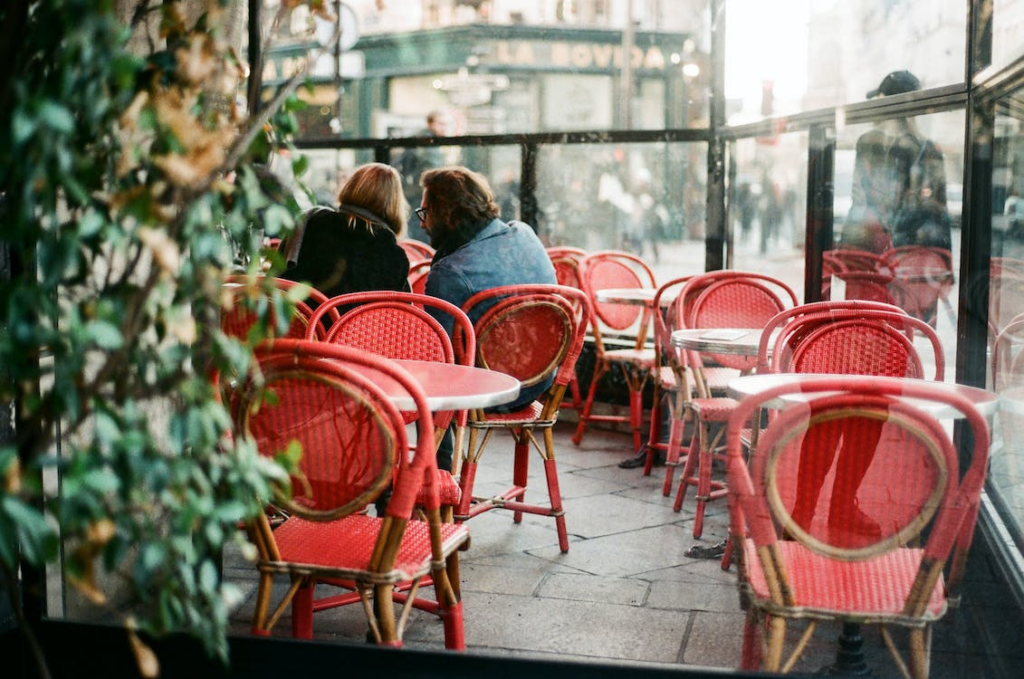
Paris is generally safe for tourists, with most safety concerns revolving around pickpocketing, which is common in many tourist destinations. In the city’s central neighborhoods and at popular tourist sites, visitors can explore without feeling endangered, provided they take precautions to safeguard their belongings.
- Paris is generally safe for tourists, with safety concerns primarily revolving around pickpocketing, which is common in many tourist destinations.
- Organized networks of pickpockets may target specific groups like Chinese tourists, but violent crimes tend to be localized to certain suburban areas and specific districts.
- Paris is overall a safe place for travelers to explore.
Dangerous Places to Avoid: Not Safe Districts in Paris
While Paris is celebrated for its charm and beauty, there are areas in the city that merit caution, particularly after dark. Although the city’s 20 arrondissements are not inherently dangerous, there are specific neighborhoods within them that require attention.
18th Arrondissement Safety: Montmartre and Beyond
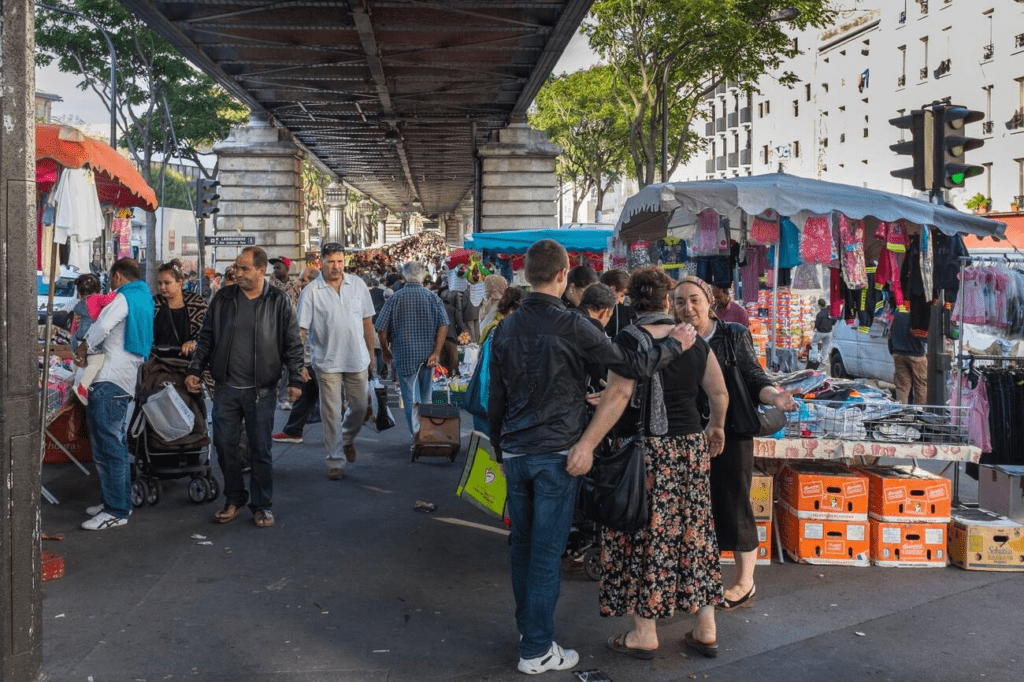
Known for its artistic heritage, the 18th arrondissement has evolved into a thriving working-class neighborhood. However, areas near Marx Dormoy and Porte de la Chapelle stations can be gathering spots for individuals exhibiting disruptive behavior at night.
Notable neighborhoods to be cautious of in the 18th arrondissement include:
- Barbès: While vibrant during the day, it’s advisable to exercise vigilance, especially at night.
- Pigalle: Famous for its nightlife, it’s essential to stay aware of your surroundings.
- Red Castle: This area, although rich in history, may present some safety concerns after dark.
19th Arrondissement Safety: The Complex Landscape
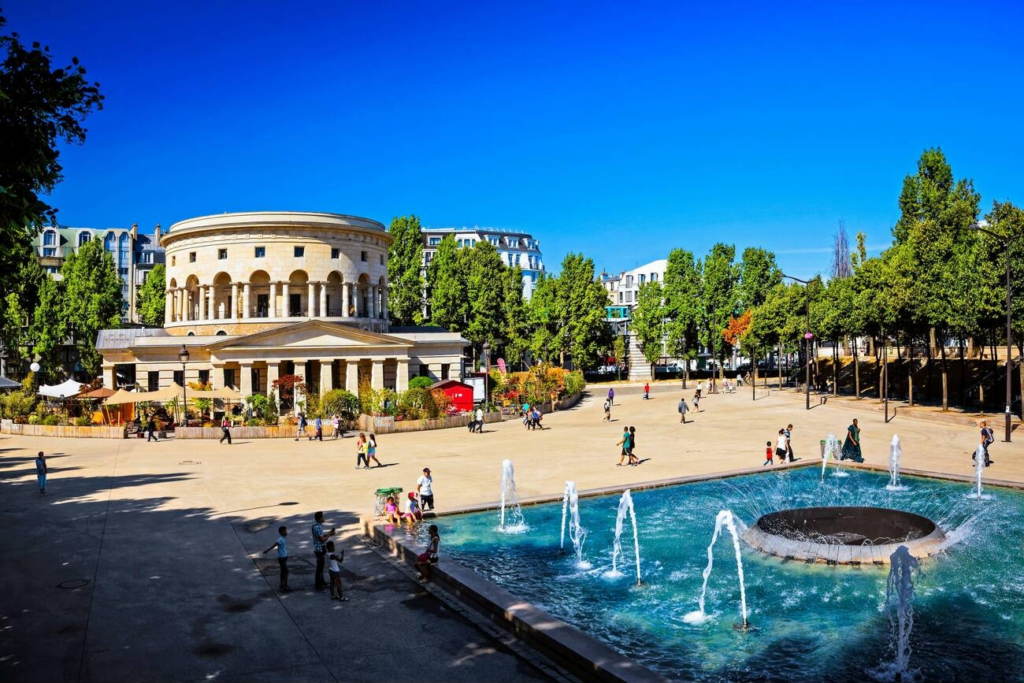
The 19th arrondissement boasts multiculturalism and a thriving community. However, certain neighborhoods have experienced higher crime rates and safety concerns.
Areas to be cautious of include:
- Place Stalingrad: Known for its concentration of crack dealers and consumers, it’s best to avoid this area, especially at night.
- Place des Festivals: Exercise vigilance when visiting this neighborhood.
- Cambrai: Be aware of your surroundings, particularly at night.
- Mouzaia: While attractive, it’s advisable to be cautious in this area.
- Danube: Stay vigilant when walking in this neighborhood.
- Jaurès: A historically rich district but may require extra caution.
- Ourcq: Exercise care when exploring this area.
1st Arrondissement Safety: The Heart of Paris
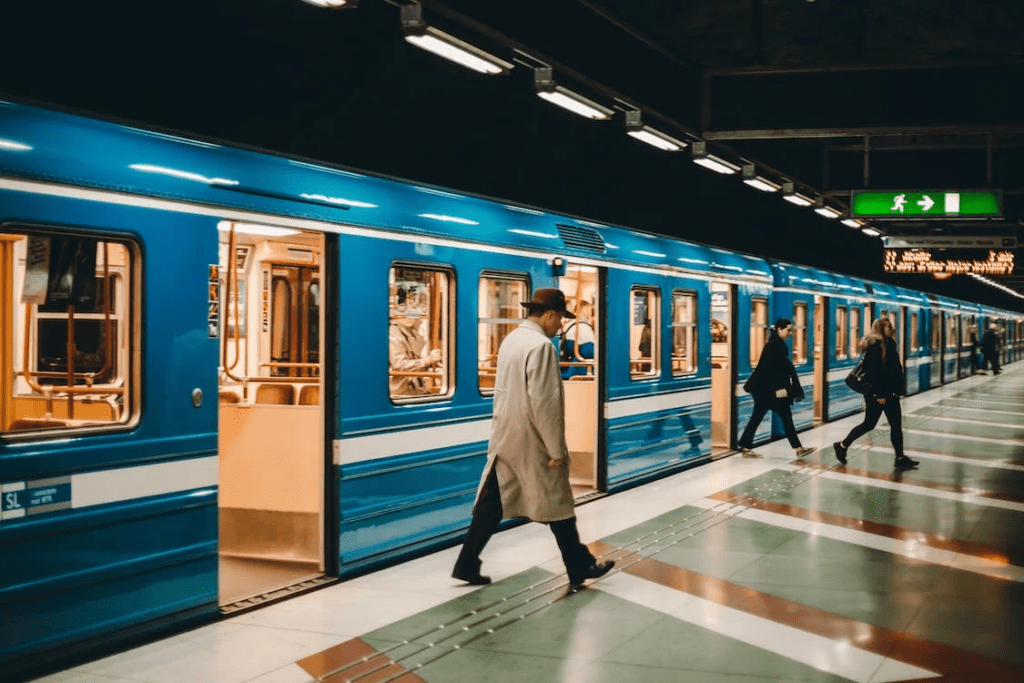
The 1st arrondissement is the heart of Paris, encompassing famous landmarks and cultural gems. However, even in this iconic area, there are some places where extra care is warranted:
- Châtelet Les Halles: While generally safe, travelers may occasionally feel wary at night.
- Châtelet Metro Station: Known for pickpocketing, take precautions, especially after dark.
15th Arrondissement Safety: Vaugirard and Beyond
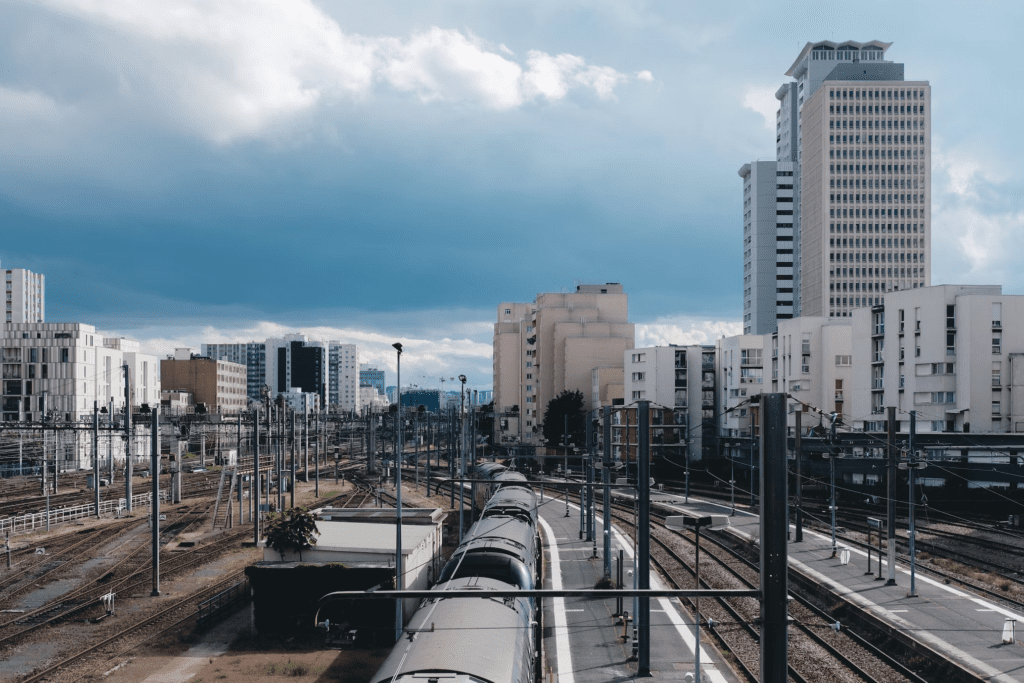
The 15th arrondissement is a popular residential area known for its modern architecture and office buildings. However, rising criminal activities have created some concerns.
Areas to be cautious of include:
- Vaugirard Arrondissement: This neighborhood, despite its appeal, has seen a rise in criminal activities, particularly during the night.
- Front de Seine: Be mindful of rising crime rates in this neighborhood.
16th Arrondissement Safety: Bois De Boulogne Park After Dark
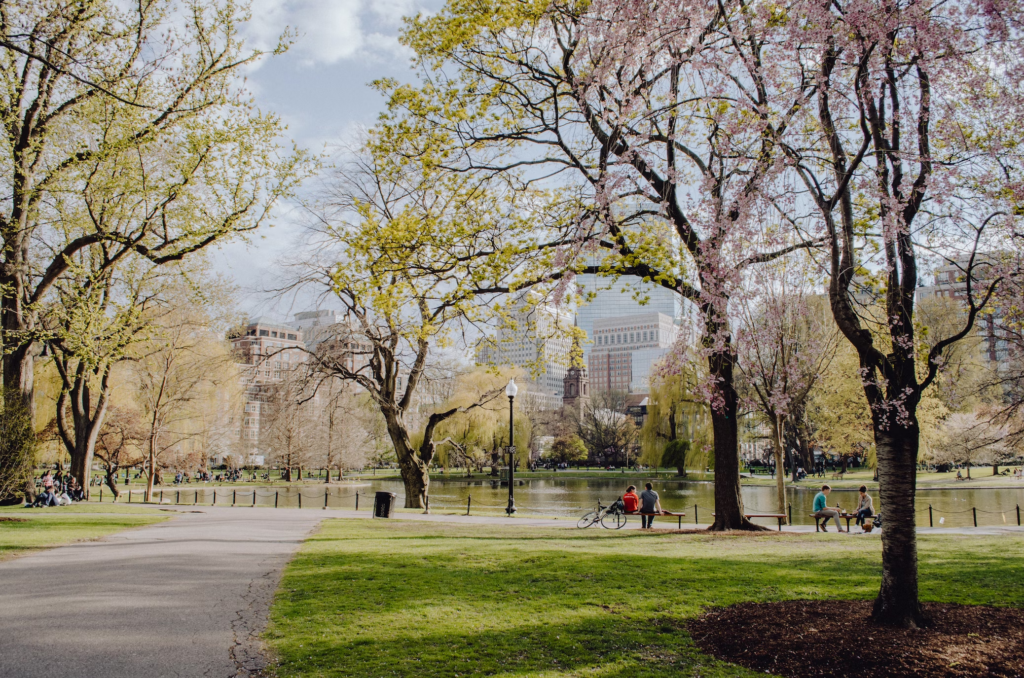
Bois De Boulogne Park in the 16th arrondissement of Paris is a beautiful daytime destination. However, it’s important to note that the park’s atmosphere changes after dark. The area can become less secure and may not be suitable for nighttime visits.
20th Arrondissement Safety: The Hidden Risks
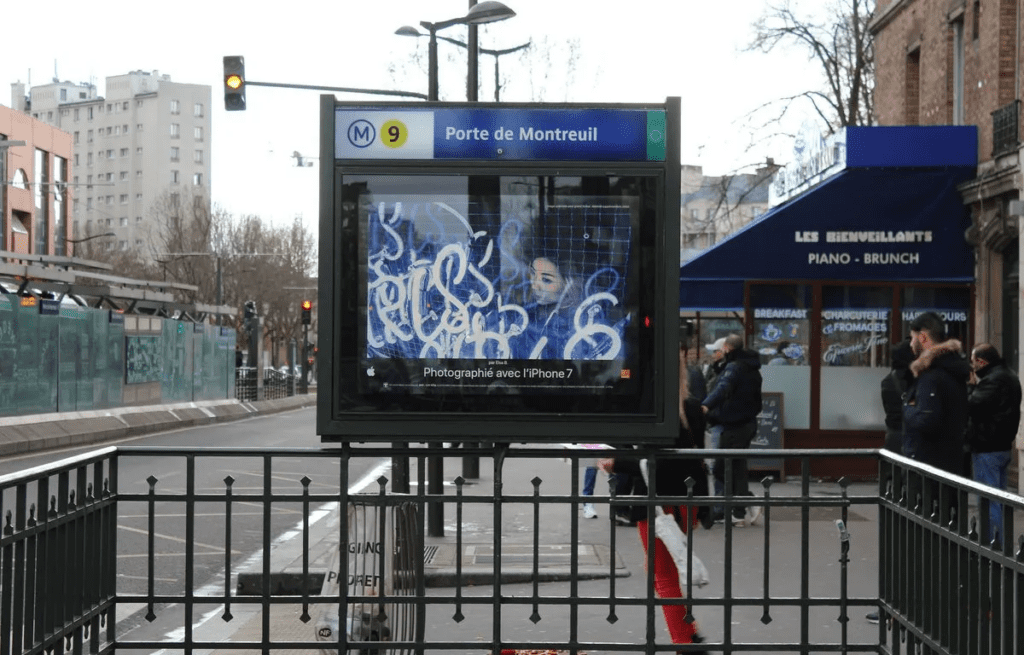
In the 20th arrondissement, the Saint Blaise neighborhood and areas near the “Porte de Montreuil” station require extra caution, especially in the evening.
10th Arrondissement Safety: The Affordable Hub
The 10th arrondissement offers affordable living but has specific areas that should be approached with vigilance, particularly late at night. These areas are near the Gare du Nord and Gare de l’Est stations.
9th Arrondissement Safety: Pigalle’s Allure
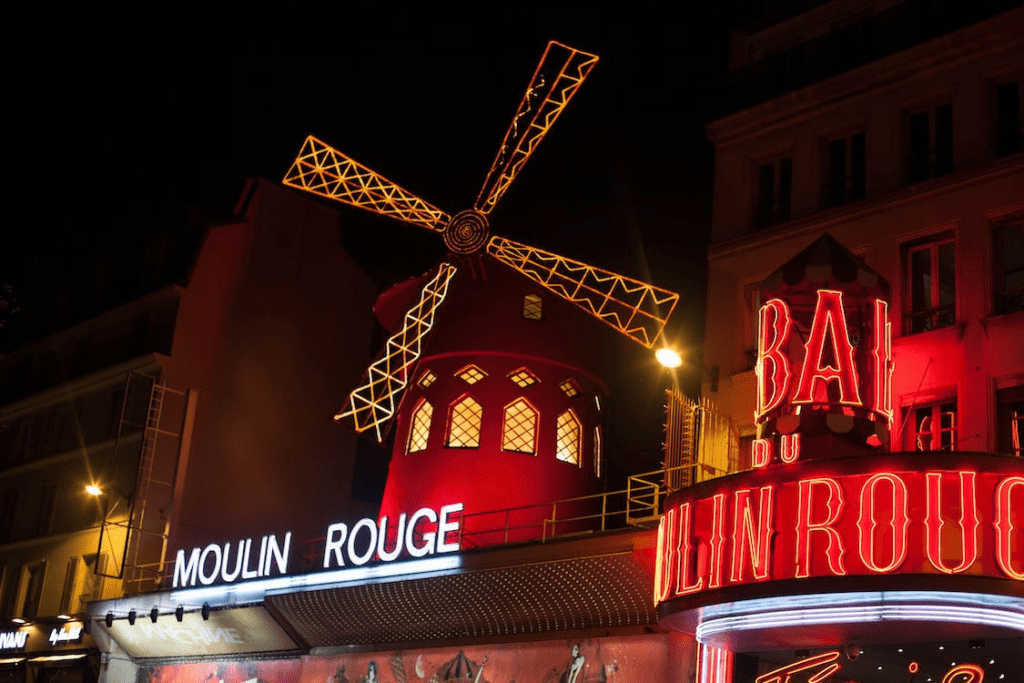
The 9th arrondissement is home to Pigalle, an area associated with adult entertainment. While it has a lively atmosphere, it may not be suitable for families, especially at night.
Suburbs to Avoid: Paris Ghetto Areas
The suburbs of Paris have undergone significant changes, with some areas transforming from less safe to more deluxe. However, certain suburbs still warrant extra caution, particularly in the 93rd department.

These include:
- Saint Denis
- Saint-Ouen
- Argenteuil
- Bondy
- Epinay-sur-Seine
- Sarcelles
- Villiers-le-Bel
- Stains
- Aulnay-sous-Bois
- Clichy-sous-Bois
- Sevran
- Montfermeil
Is Metro Safe in Paris?
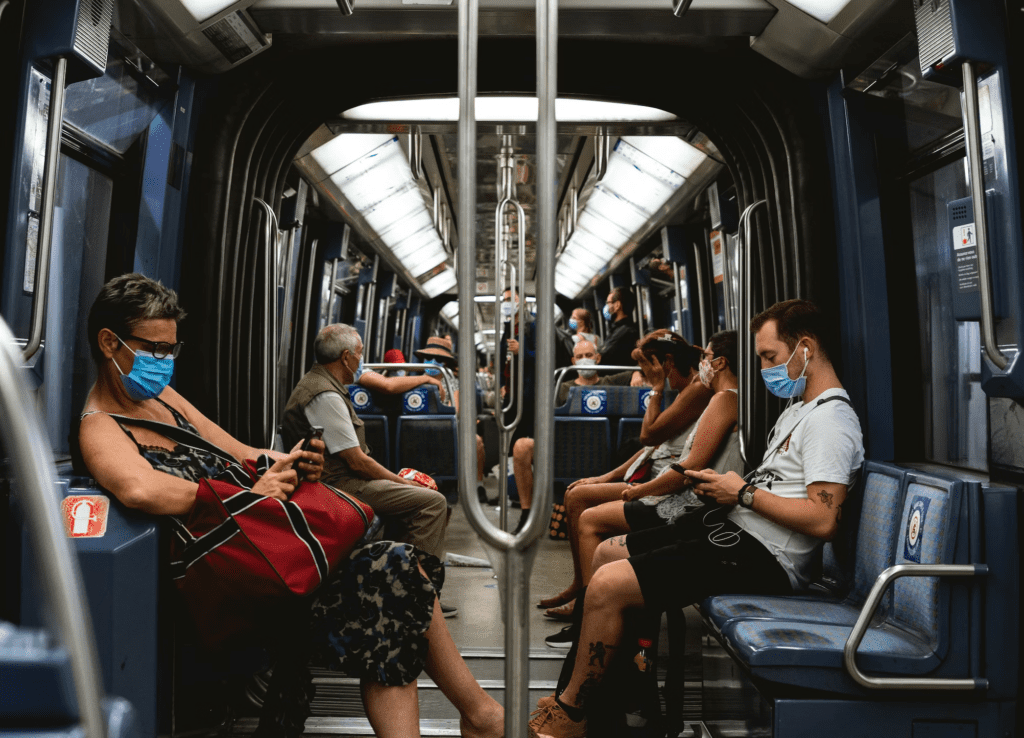
The metro system in Paris is a convenient mode of transportation for both residents and tourists. However, it’s essential to exercise caution, especially late at night:
- Some metro stations can become less secure after 10 p.m., with increased risks of encountering pickpockets, inebriated individuals, or suspicious characters.
- The Châtelet Metro Station is known for bag cutter thieves, and Les Halles in the 1st arrondissement should be approached with caution at night.
- When using the metro late at night, it’s wise to stay alert and safeguard your belongings.
Is Paris Safe at Night?
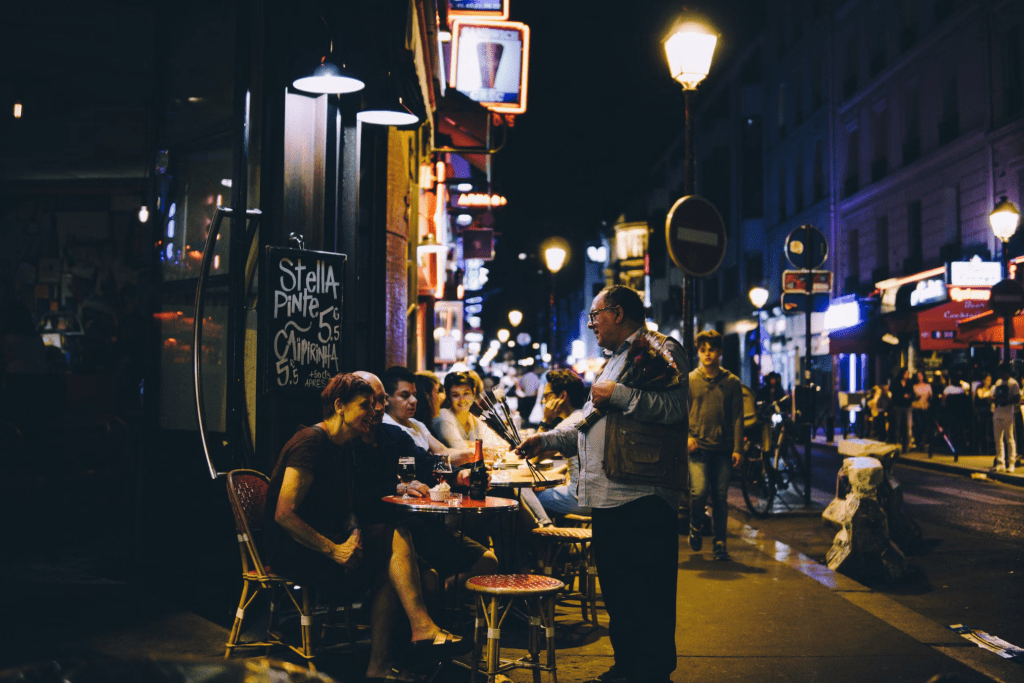
Safety in Paris at night largely depends on the area you’re in:
- Bustling central districts are generally safe, but some neighborhoods can become quieter and shadier after dark.
- Avoid certain areas of the 18th and 19th arrondissements at night, especially if you’re alone.
- Be aware of pickpockets on some metro lines late at night.
- Avoid the Bois De Boulogne park in the 16th arrondissement after dark.
- Common sense and vigilance are your best allies for a safe nighttime experience in Paris.
What to Do When You Feel Unsafe in Paris
Call 17
For Police Assistance
Call 112
Emergency Services
- If you ever feel unsafe in Paris, you can reach out for assistance by dialing 17 to contact the police.
- Be prepared for potential language barriers, as English-speaking agents may not always be readily available.
- Alternatively, you can use the Europe-wide emergency response number, 112, to access various emergency services, ensuring that help is never too far away.
Areas to Love Long-Term in Paris
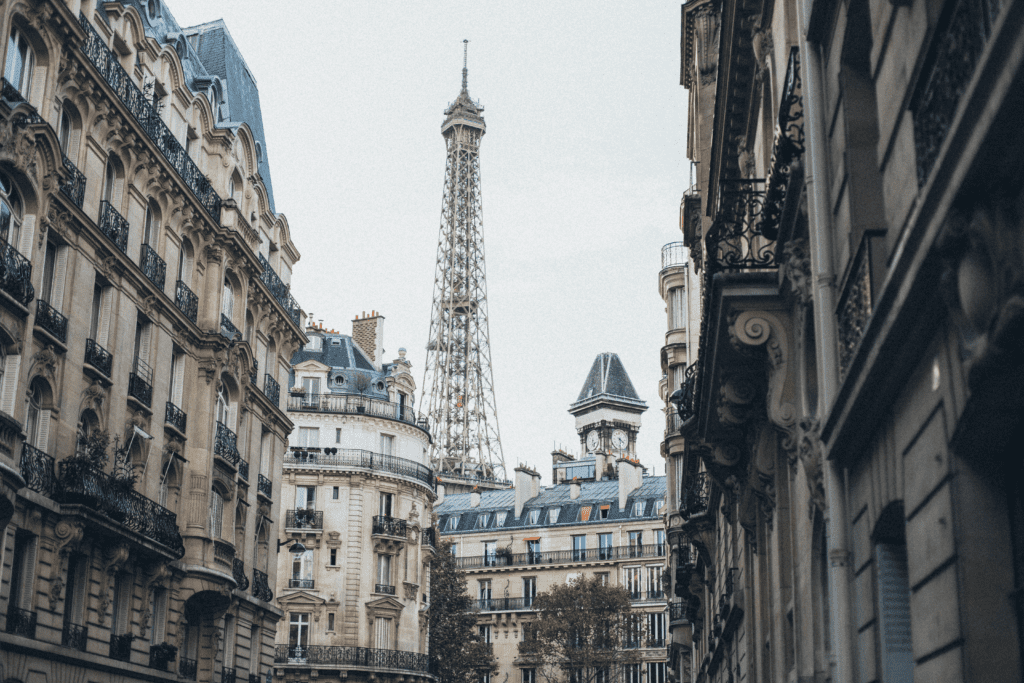
If you’re considering a more permanent stay in Paris, certain areas offer a quieter, safer, and more residential environment. The 7th, 14th, 15th, and 20th arrondissements stand out as locations with significantly lower crime rates than the 1st arrondissement. These areas provide a tranquil and secure lifestyle.
Where Not to Stay in Paris

Choosing accommodation wisely is essential for a pleasant stay in Paris. While the city boasts enchanting neighborhoods and charming streets, there are some places to avoid:
- The 19th arrondissement, particularly the Place Stalingrad area known for crack dealers.
- The Gare du Nord and Gare de l’Est areas are not recommended for late-night wandering.
- The red-light district of Place Pigalle and the surrounding neighborhood of Montmartre.
- Areas like Rue Saint-Denis and Chatelet-les-Halles, home to numerous pickpockets.
Staying informed and making informed choices will enable visitors to enjoy all the incredible things Paris has to offer while keeping safety and security a top priority.
Conclusion: Dangerous Places in Paris
In the City of Light and Shadows, the balance between beauty and safety exists. Paris remains a captivating, vibrant, and, most importantly, a safe city to explore. Uncover which arrondissements to avoid in Paris while steering clear of bad areas in Paris, including dangerous areas in Paris and neighborhoods to avoid. Embrace a secure lifestyle in the safest arrondissements in Paris and savor the city’s enchantment with confidence.
FAQ: Dangerous and Bad Districts in Paris
Is Paris a Safe City to Walk at Night?
Yes, Paris is relatively safe for nighttime strolls. The city comes alive after dark, with many tourists and locals walking about. Nonetheless, exercise caution in quieter upscale areas after sunset.
Can You Walk Safely in Paris?
Paris is generally pedestrian-friendly and safe. While wandering in most districts poses a low risk of mugging, certain areas are safer than others. Popular tourist spots, like Le Marais, the Latin Quarter, and the Louvre area, are vibrant and secure both day and night.
Is the 13th Arrondissement in Paris Safe?
Yes, the 13th arrondissement in Paris is a safe district. Like in any urban area, it’s advisable to follow basic safety measures when exploring this neighborhood.
Is Gare de Lyon Safe at Night?
Gare de Lyon maintains a high level of safety both during the day and at night due to its heavy foot traffic. It is generally a secure place for travelers.
Is Gare du Nord the Place to Avoid in Paris at Night?
Safety in Gare du Nord varies based on the area and time of day. It is generally safe during busy hours, but you should always exercise caution, especially with your valuables.
Is Paris or London Safer?
Based on data from 2022, Paris is considered a safer city to live in compared to London, with a lower crime rate.
Is Champs Elysées Safe at Night?
The Champs-Élysées is safe during the day, but you should be extra cautious at night, particularly in crowded areas where pickpockets may operate.
Is It Safe to See the Eiffel Tower at Night?
Yes, it’s generally safe to visit the Eiffel Tower at night. However, due to the crowds, you should remain vigilant against pickpockets.
Is Le Marais Safe at Night: Is it among the Areas to Avoid in Paris?
Le Marais is known for its safety and is considered safe to explore at any time of the day or night.
Is the 7th Arrondissement Area to Avoid in Paris?
The 7th arrondissement is renowned for its safety, cleanliness, and overall security, making it a comfortable and secure area for exploration.
Is Paris Safe After Dark?
Paris experiences very little violent crime and remains lively late into the night, especially in the central areas. While the Paris metro is safe, you should always be watchful for pickpockets.
Is Arc de Triomphe among the Areas to Avoid in Paris?
The area around the Arc de Triomphe is well-patrolled and safe, providing a secure environment for visitors.
Is Paris Subway Safe at Night?
The Paris metro is generally safe at all hours, with the primary safety concern being pickpocketing. Ensure your belongings are secure when traveling at night.
